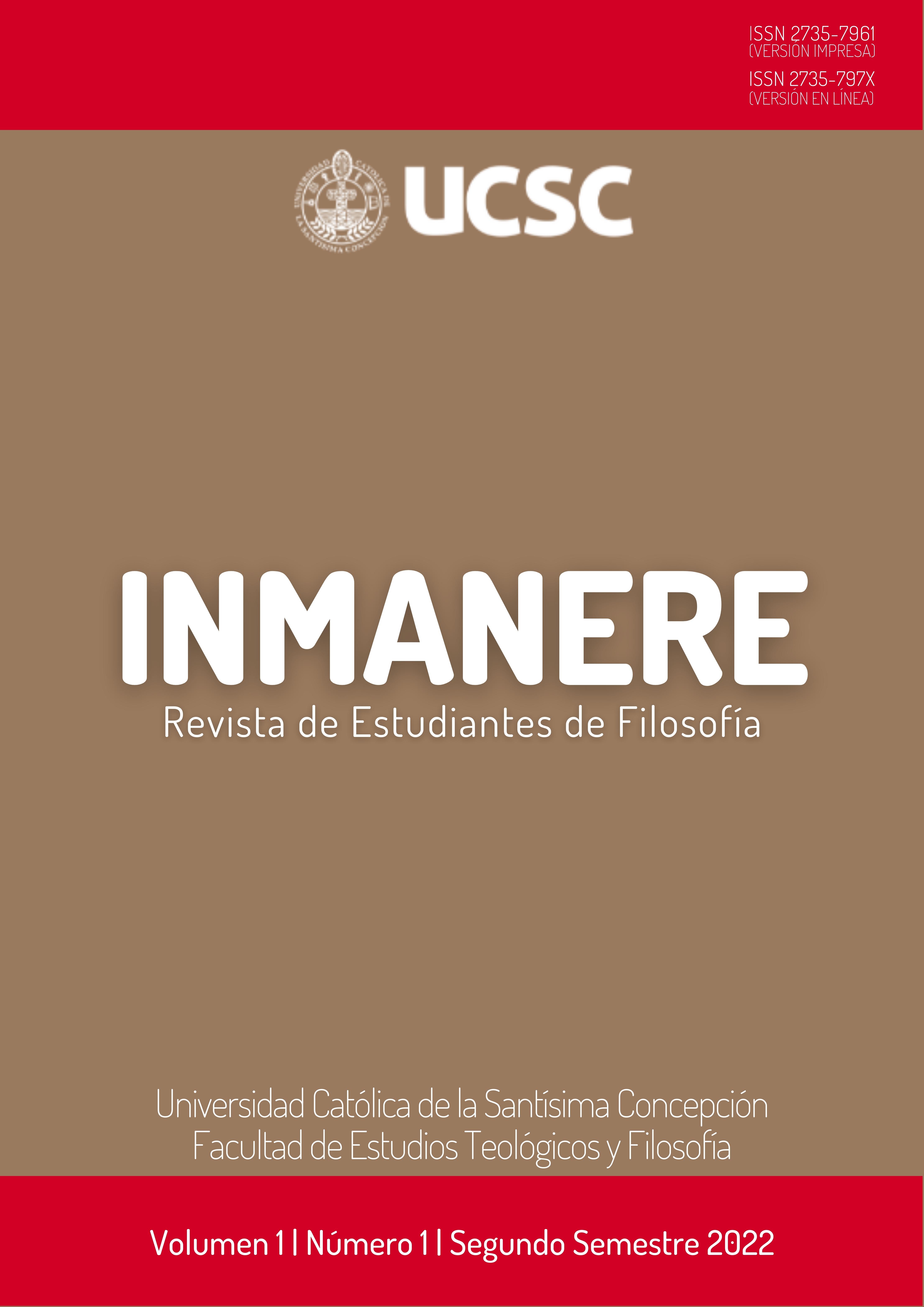El Ícono frente al arte: sus particularidades, diferencias e implicancias
Contenido principal del artículo
Resumen
En este artículo se analiza la dimensión del ícono, entendido como manifestación de Dios hacia el hombre, y cómo a través de este medio se crea un encuentro. Esta relación se estudia en el ámbito del arte, específicamente el que está inspirado en motivos religiosos; desde aquí se hace un análisis de las particularidades del ícono frente a éste. Para esto, se rastreará el origen del ícono y las características esenciales que lo han constituido como la imagen de culto por excelencia, frente a todo el arte religioso que se ha ido produciendo a lo largo de la historia del arte. Para ello, se busca vislumbrar cómo los grandes artistas clásicos han cambiado el enfoque de lo plasmado y han puesto la mirada en la belleza estética, más que en el trasfondo de la imagen realizada; de esta manera, es clave el rol que juega el artista en ambos tipos de producción.
Detalles del artículo
Sección

Esta obra está bajo una licencia internacional Creative Commons Atribución 4.0.
El trabajo se encuentra licenciado bajo una Licencia Creative Commons Atribución 4.0 Internacional. Esta licencia permite la compartición y adaptación del material en cualquier medio o formato, incluso con propósitos comerciales. Es necesario otorgar la atribución adecuada, proporcionar un enlace a la licencia y mencionar si se han realizado cambios en el material. No se pueden aplicar restricciones adicionales que limiten legalmente a otros a realizar cualquier uso permitido por la licencia.
Cómo citar
Referencias
Guardini, R. (1960). Imagen de culto e imagen de devoción. Guadarrama.
Lewis, C. (1989). Las Crónicas de Narnia VII. Andrés Bello.
Marion, J. L. (2006). El cruce de lo visible. Ellago.
Novoa, F. (2021). Ausencia del pensamiento en el arte: aportes de Jean Luc Marion. Revista de Filosofía UCSC, (20), 69–88. https://doi.org/10.21703/2735-6353.2021.20.02004 DOI: https://doi.org/10.21703/2735-6353.2021.20.02004
Ratzinger, J. (2001). El espíritu de la Liturgia. Una introducción. Cristiandad.
Ratzinger, J. (2003). La contemplación de la belleza. Humánitas, (29), 48-53.
Schönborn, C. (1999). El icono de Cristo. Encuentro.
Solís, D. (2019). El ícono y su herencia en el arte. Veritas, (44), 143-167. http://dx.doi.org/10.4067/S0718-92732019000300143 DOI: https://doi.org/10.4067/S0718-92732019000300143




